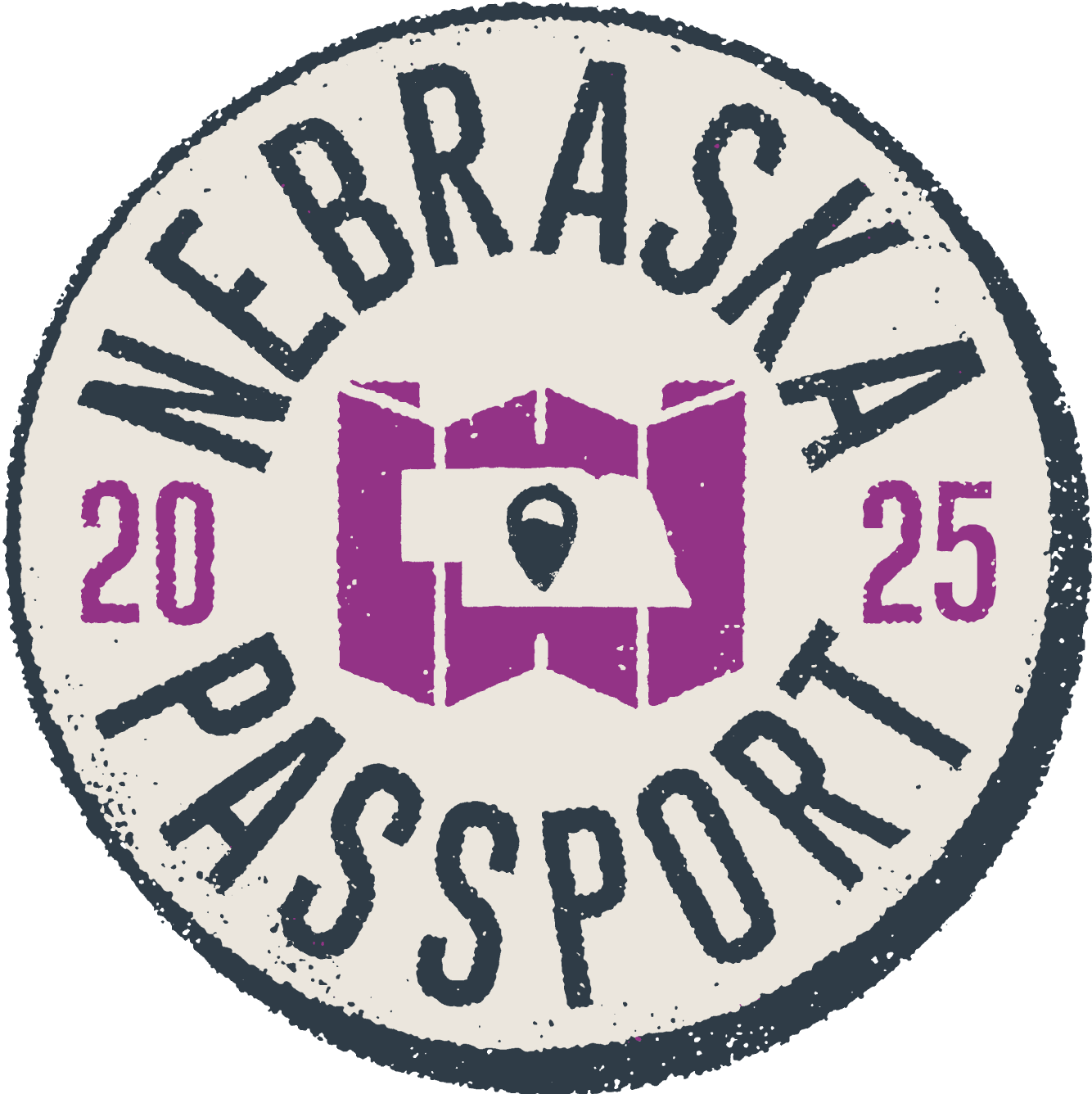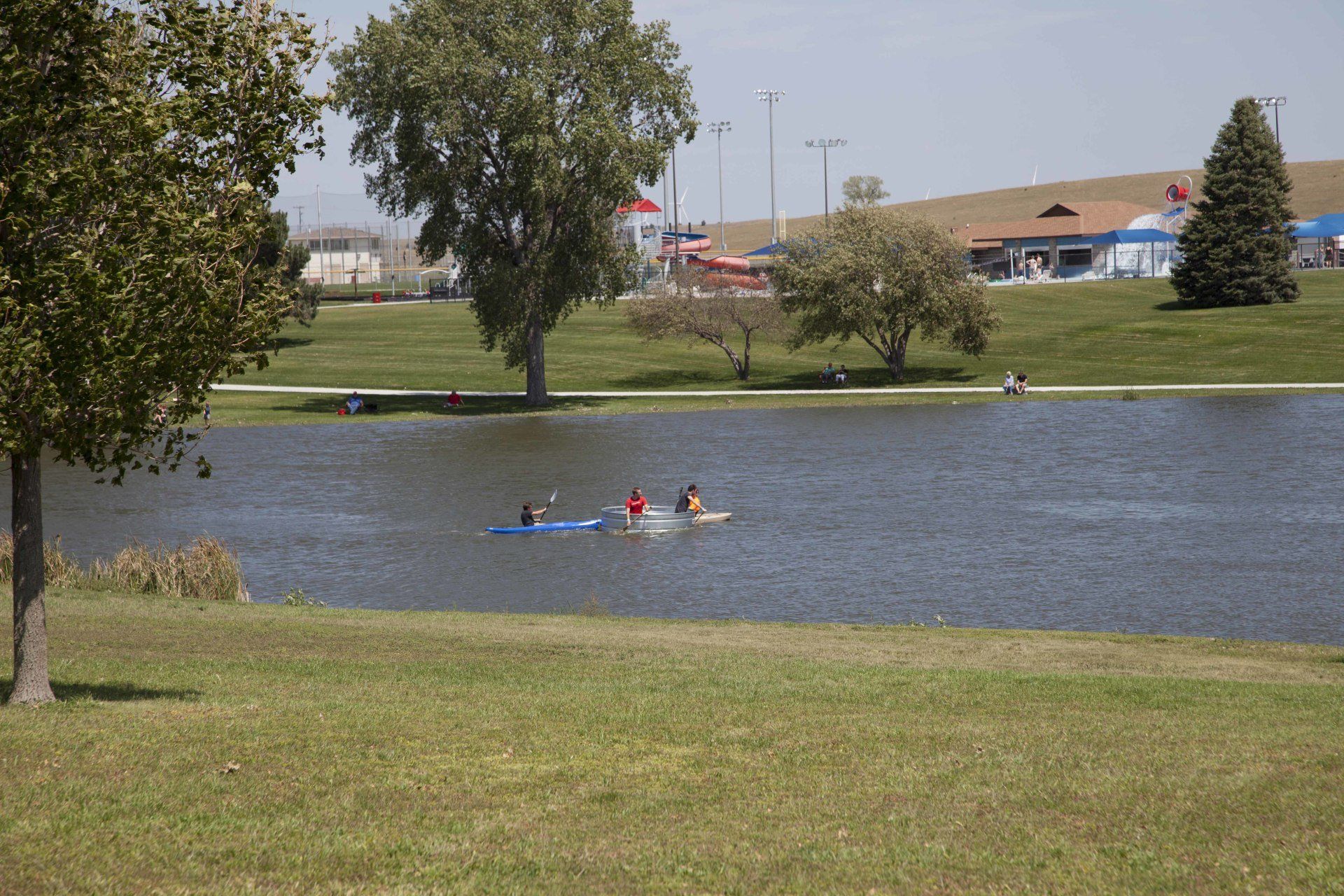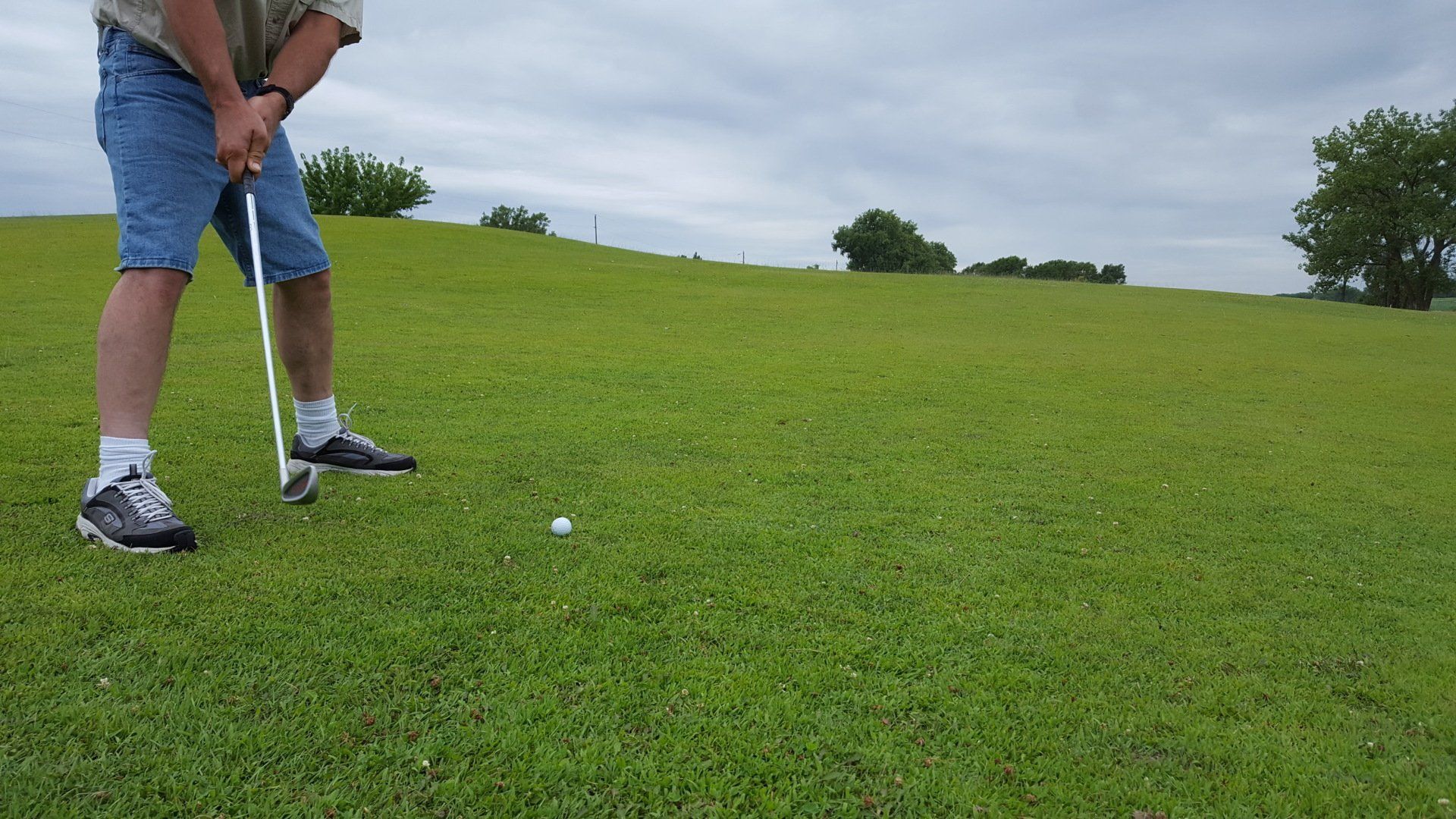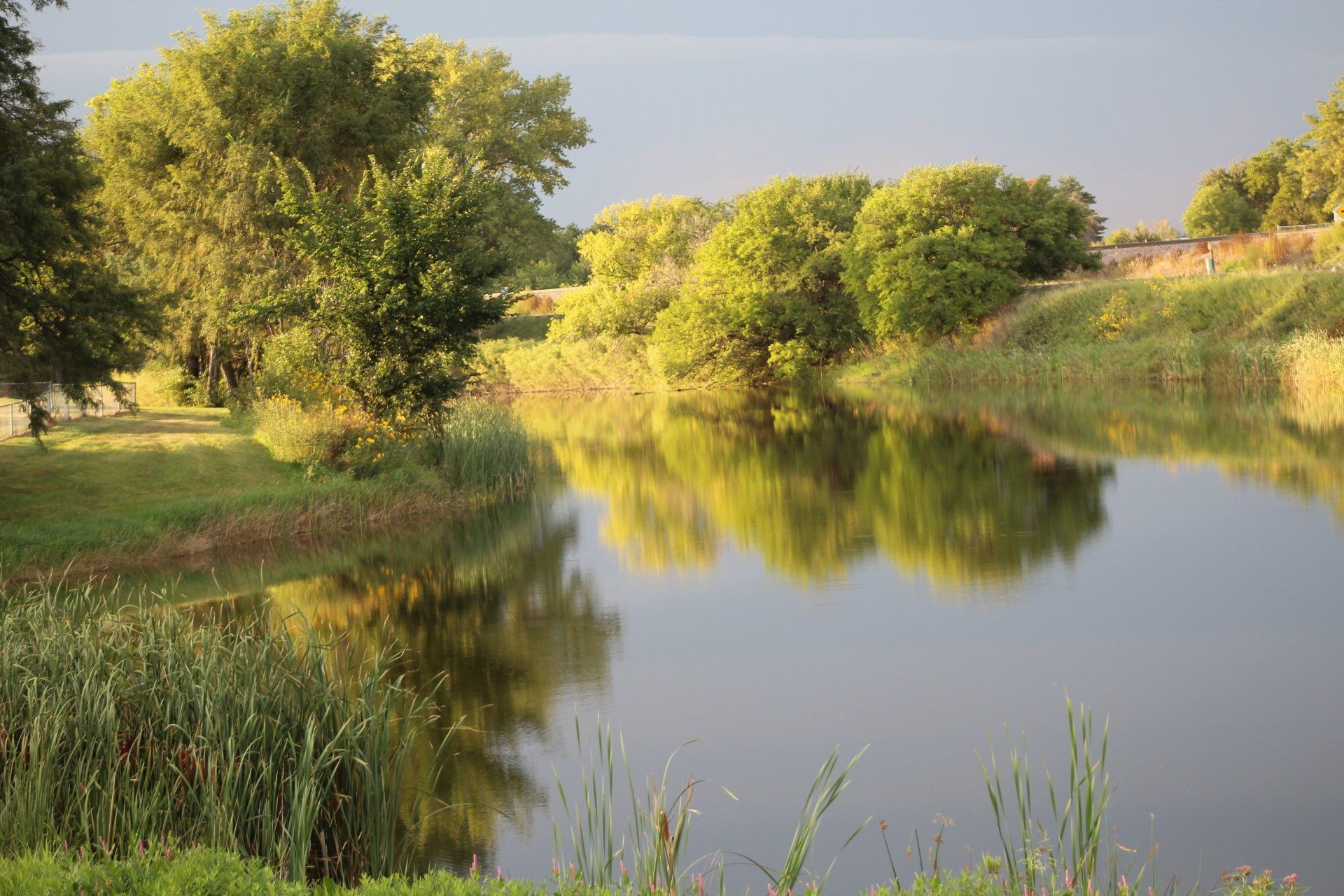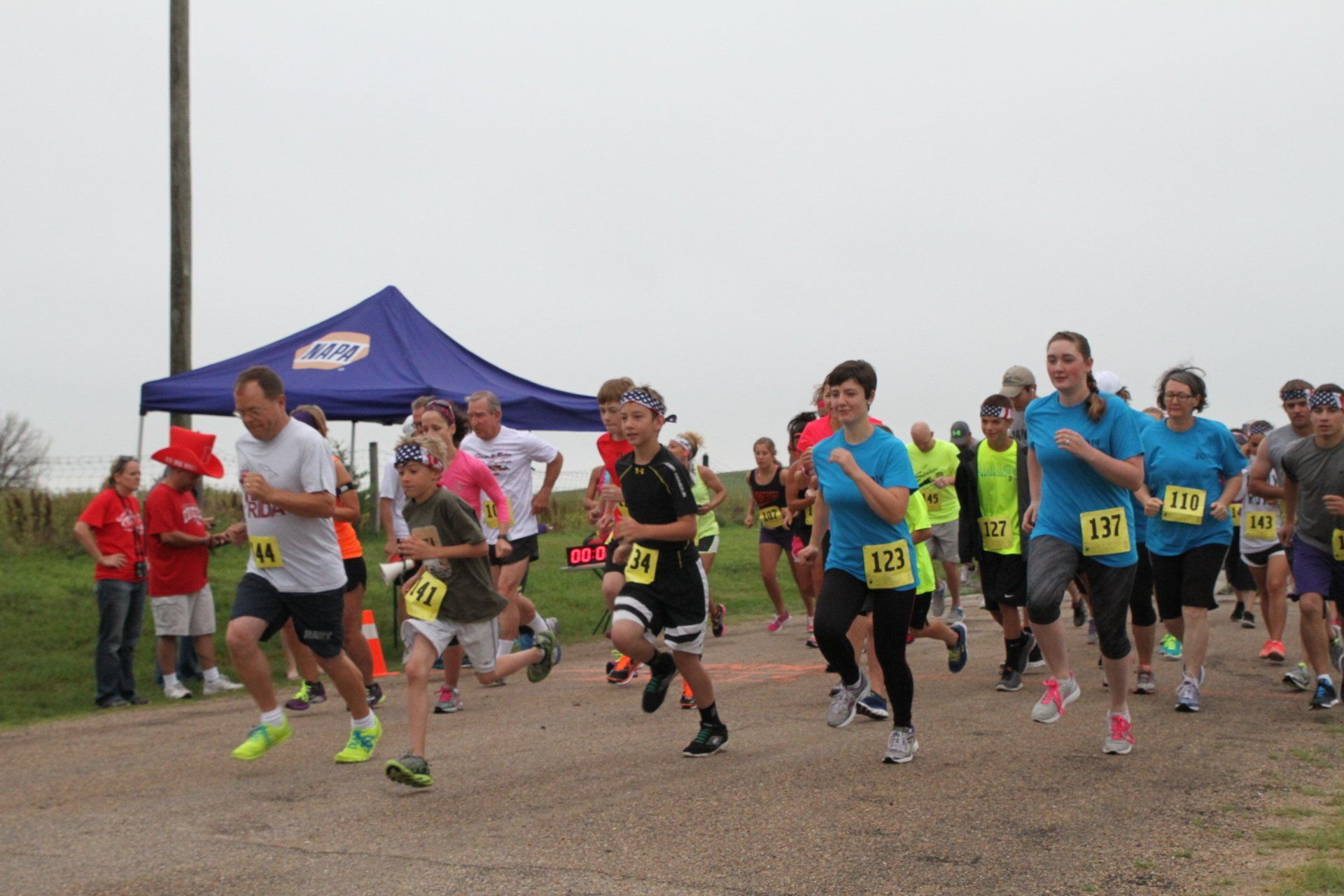About Custer County, NE
Custer County is located geographically in the approximate center of the state of Nebraska and its land area is 2,576 square miles which equates to 1,648,640 acres. It is the second largest county in Nebraska.
Home of Industry Leaders
Farming, ranching and other livestock production are critical components of the Custer County economy. The county is number one in corn production in Nebraska and the second largest in the beef cattle industry in the nation.
Custer County is also home to several industry leaders in manufacturing, banking, medical systems, cutting edge health care, retail trades and new lodging and convention facilities. Educational institutions are second to none in Custer County and Broken Bow is now home to a Mid-Plains Community College campus.
Public libraries are a component of some towns in the county and Broken Bow's library undertook a sizable expansion project recently that made it truly a state of the art facility. The Seven Valleys Museum in Callaway and newly remodeled Custer County Museum in Broken Bow are great sources of historical information about Custer County.
Geography
Custer County has many variations of terrain, from irrigated and dry land farm ground to beautiful tree lined canyons and hill country, a lot of which is used for pasture for livestock.
In the northwest corner of the county can be seen the beginnings of the Sandhills of Nebraska which continue to the west and north of Custer County. The Sandhills cover about a quarter of the state and are a natural marvel of rolling sand dunes, stabilized by mixed prairie grasses, that measure as much as 330 feet in height, along with lush valley meadows and numerous surface water lakes.
Two of the rivers in the Loup River System, the South Loup and Middle Loup, run diagonally through Custer County from the northwest to southeast. The Loup Rivers are spring fed by the Ogallala Aquifer and are known to have among the most stable water flows in the world. The aquifer, the biggest in the United States and one of the largest in the world, underlies all of Custer County and almost the entire state of Nebraska.
Recreation
Custer County, because of its terrain, habitat and natural resources, offers excellent recreational opportunities for hunters, fishermen and wildlife enthusiasts.
Custer County is in the flyway path of migratory sandhill cranes, whooping cranes and many species of ducks and geese. The county is prime bird watching territory. There are four Wildlife Management Areas (WMA) in Custer County including one at Milburn Dam on the Middle Loup River and Pressey State Park north of Oconto on the South Loup River. Other fishing spots include Victoria Springs State Recreation Area (SRA), Arnold Lake/Campground and Recreation Area and small lakes in Ansley and Broken Bow. Camping is available at most of these locations as well as many others in the county.
The county offers three golf courses as well as miles of walking and biking trails in its cities and villages. City and village parks are well maintained and swimming pools, tennis courts and ball fields exist in many towns.
History
Custer County was established February 17, 1877 and was named for General George Armstrong Custer who died in the Battle of Little Bighorn the previous year. Custer County in its early years was known as the “Sod House Capital of the World”. Due to the lack of timber, houses and other structures were built of “bricks” cut from native prairie grass sod. Solomon D. Butcher, an early photographer who spent much of his life in Custer County and is buried near Gates, documented the era with over 1500 photos of “soddies”, their owners and possessions along with other scenes. The Custer County Museum
in Broken Bow houses over 800 prints from the collection.
The population of the county was 10,939 as of the 2010 census. The population in the 1880 census was 2,211 but had increased to 21,677 by 1890. The impact of the Grand Island & Wyoming Central railroad (now Burlington Northern Santa Fe) coming to Custer County was critically important to the growth of towns in its path. Construction west from Grand Island began October 14, 1885 and reached Ansley August 12, 1886, Broken Bow August 26, and Anselmo September 13. The county's population reached a high of 26,407 in 1920. Cities and villages in Custer County are Anselmo, Ansley, Arnold, Berwyn, Broken Bow (county seat), Callaway, Comstock, Mason City, Merna, Sargent and Oconto. Unincorporated communities include Milburn, Weissert and Westerville among others.

